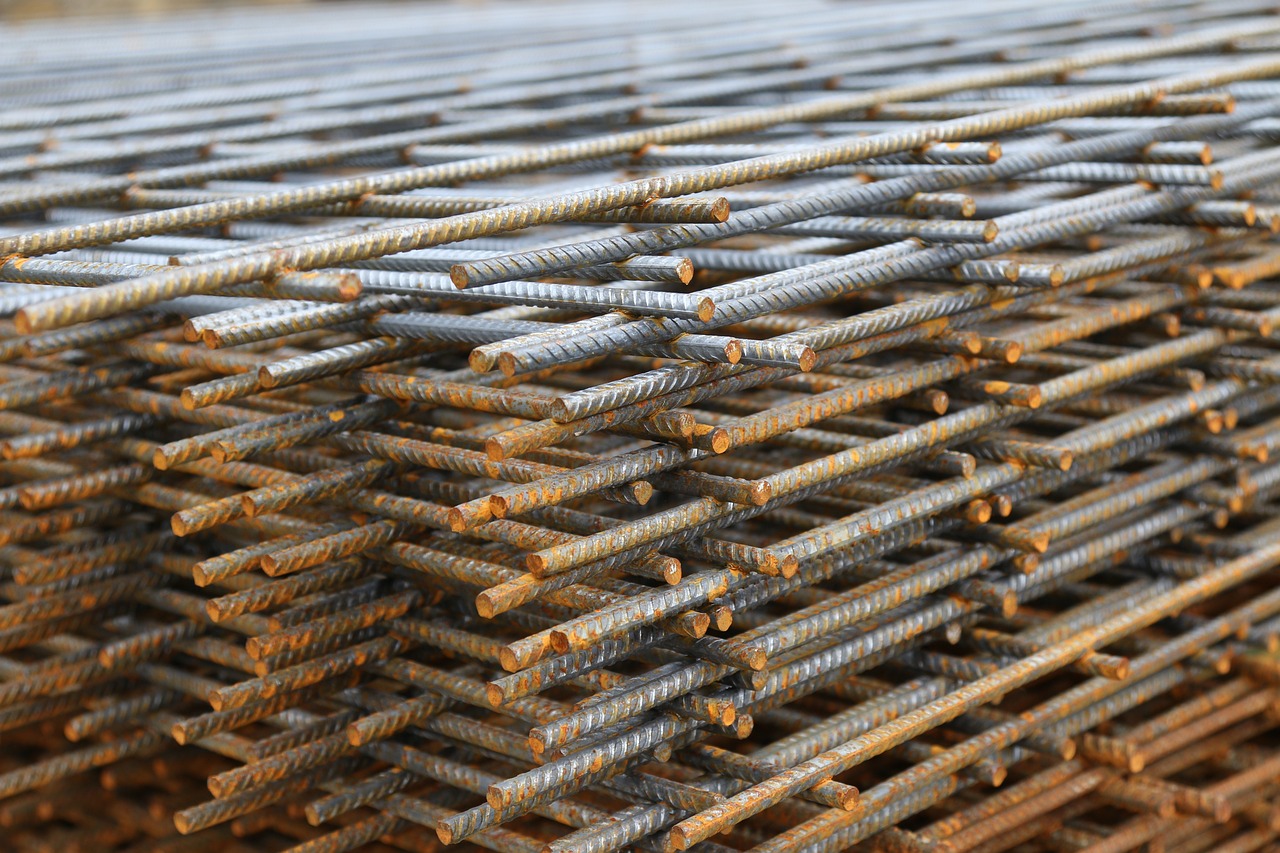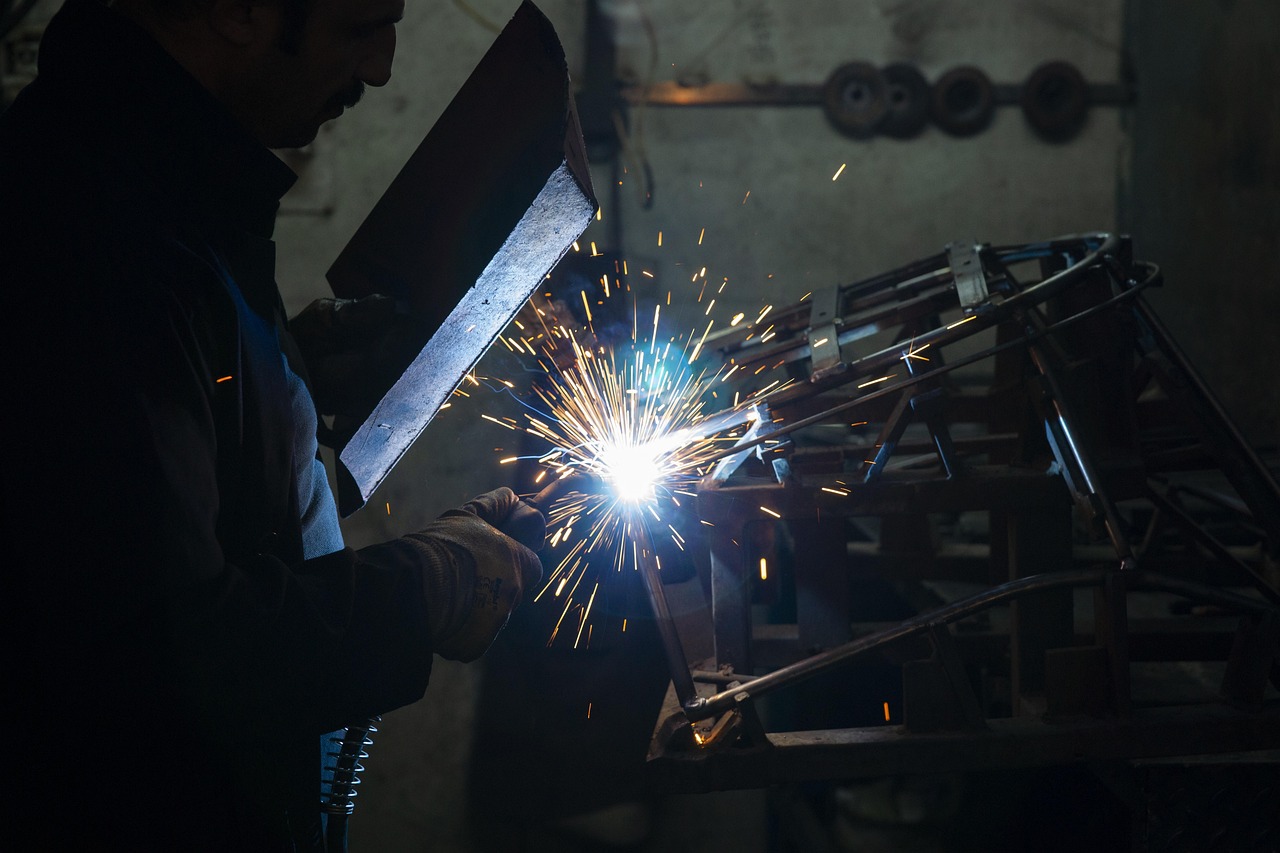Structural Steel
A particular kind of steel that is known as structural steel is widely used in building projects for constructing the framework or skeleton of structures such as bridges, buildings, and other infrastructures. It is extremely durable and has excellent strength-to-weight ratios. Typically formed of carbon steel, it has been designed to withstand substantial loads and stress.

VARIANT SHAPES OF STRUCTURAL
In fact, different types of structural steel, each having a unique functionality. Common kinds consist of:
I-beams, commonly referred to as H-beams, are often utilized in construction due to their ability to support substantial loads while being relatively light.
Angle Iron: Typically used for tasks requiring both strength and flexibility, angle iron is often used in the construction of structures, cables, and supports.
Channels: C-sections, frequently referred to as structural channels, have the ability to support combined horizontal and vertical tensions.
Tee Sections: These sections, which resemble the letter "T," frequently appear in roof, wall, and floor networks.
Steel plates and sheets were large, rectangular components that can be shaped and cut for a range of structural purposes.


STRUCTURAL STEEL APPLICATIONS
A crucial part of the engineering and construction industry is steel for structural purposes. Perhaps its main purposes are:
Structures: Structural steel provides a strong foundation and supports the entire structure whenever utilized to construct the frame of office buildings, high-rise buildings, and residential developments.
Bridges: Due to its strength and flexibility, structural steel is suitable for the construction of bridges, because it must withstand substantial forces from automobiles and pedestrians.
Industrial Structures: Structural steel produces support and stability for huge industrial buildings, for instance, factories and warehouses.
Infrastructure: Structural steel material essential for the stability and resilience of tunnels, structures, and other construction endeavors.
THE PROCEDURE OF ESTABLISHING STEEL
The following techniques participate in the manufacturing of structural steel:
Cutting: Using complex cutting tools like saws or lasers, steel is separated into the required sizes and varieties.
Bending/Forming: Depending on the requirements for the design, steel parts are bent into suitable angles, beams, or channels.
Welding: The structure is built by combining all the different steel parts together.
Finishing: In order to provide the finalized steel parts with further corrosion tolerance or give them the suitable look, these may be painted or coated.
RESPONSIBLE IMPLEMENTATION OF STRUCTURAL STEEL